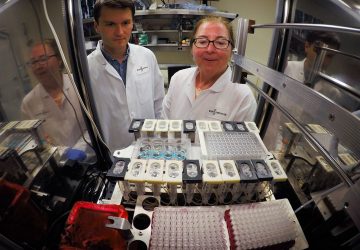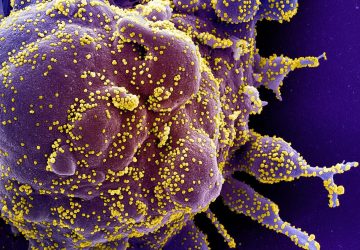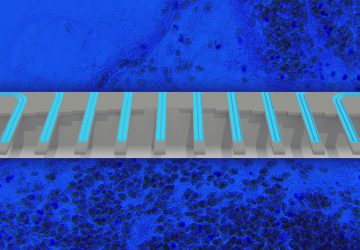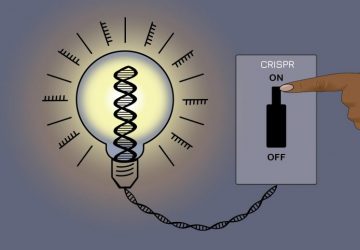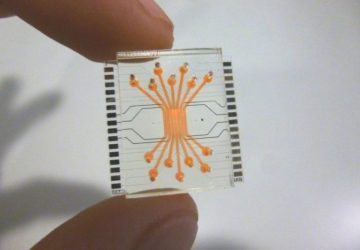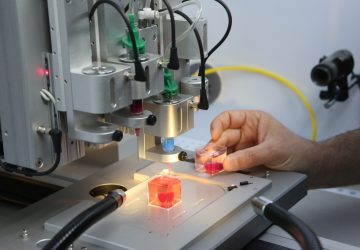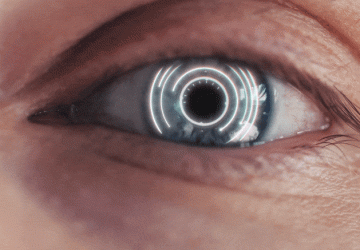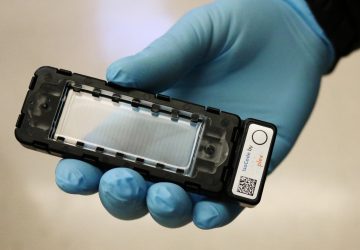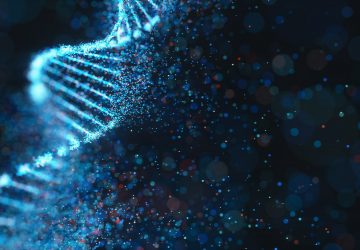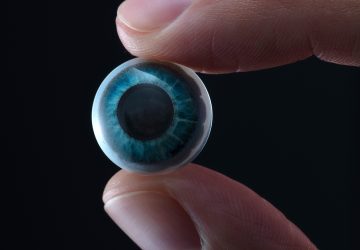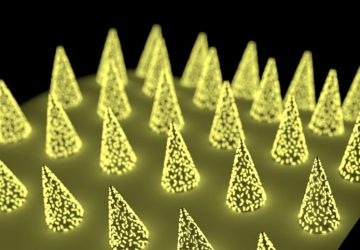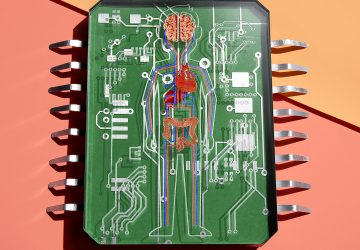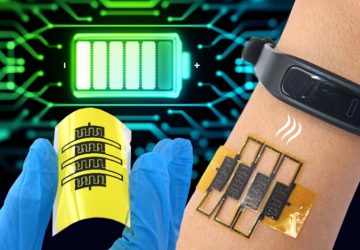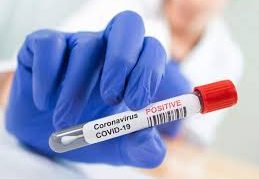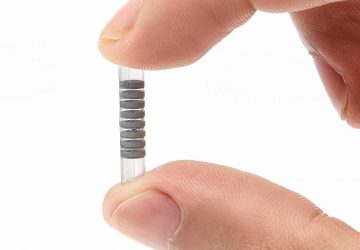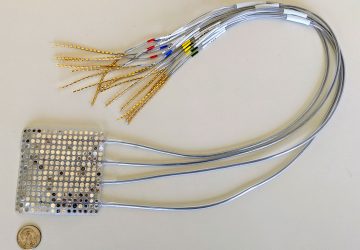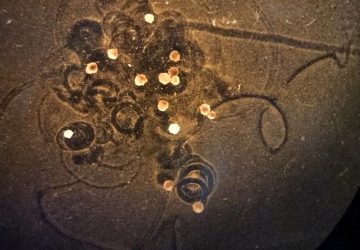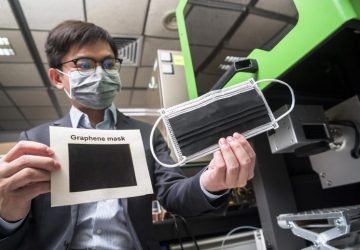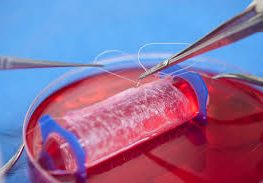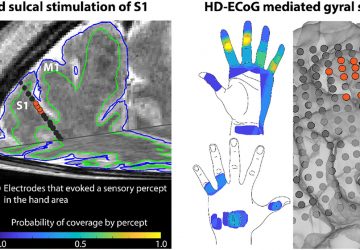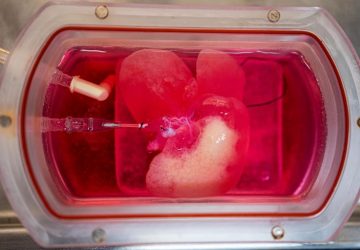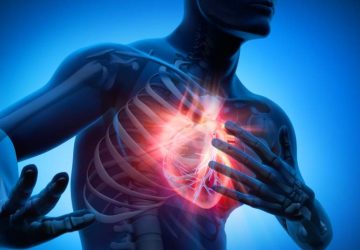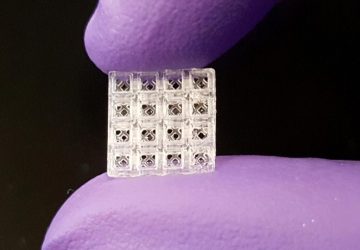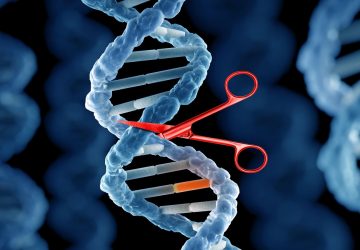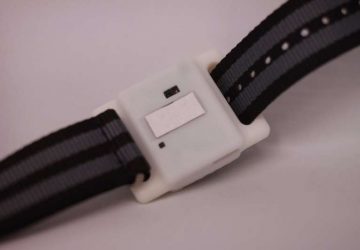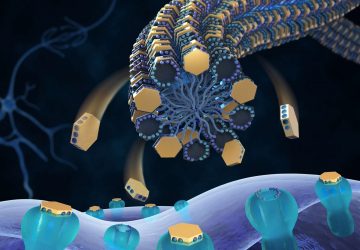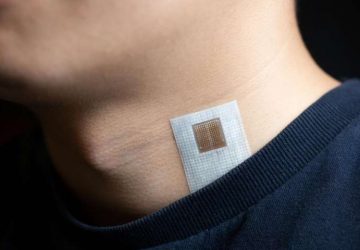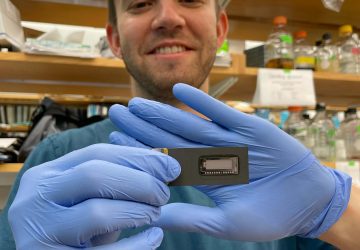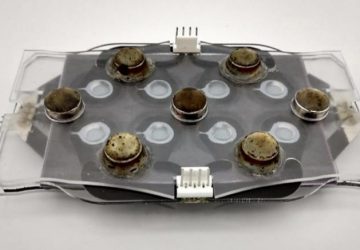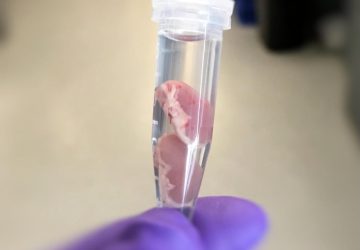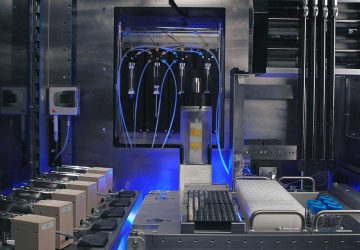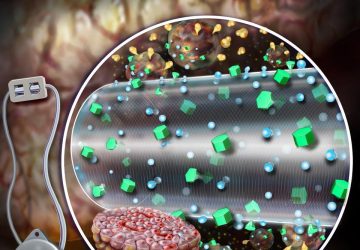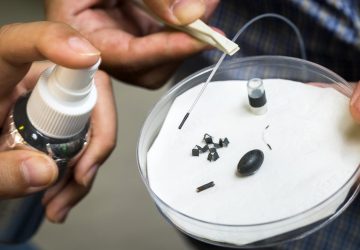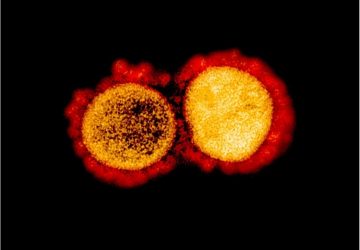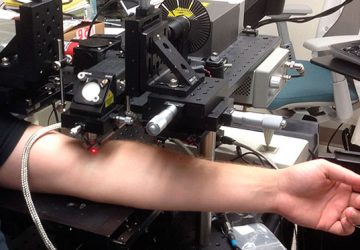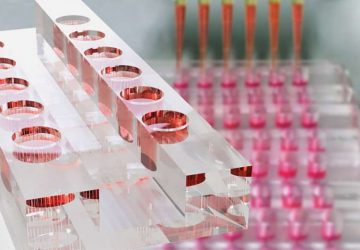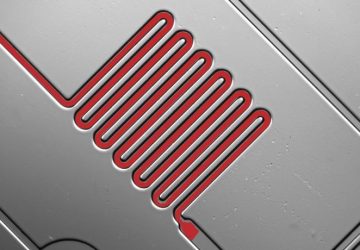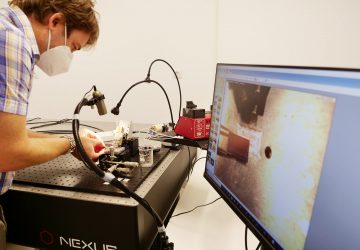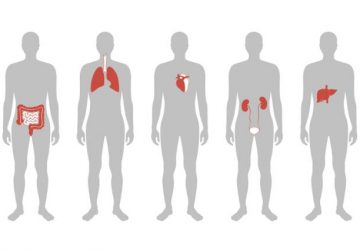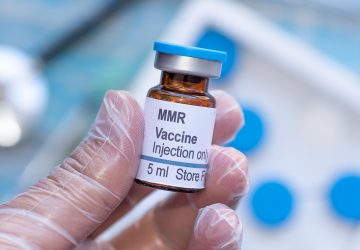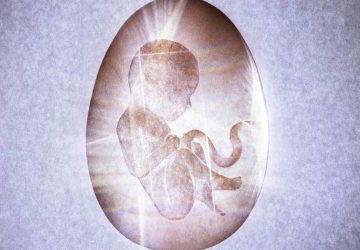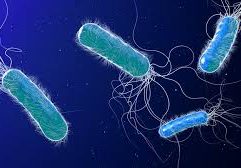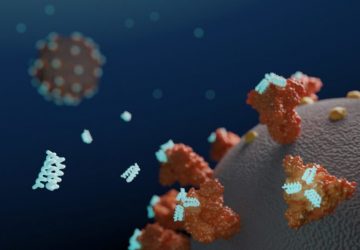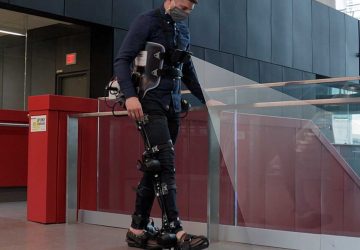Study shows cells are more stable than previously thought Summary: Adult stem cells collected directly from human fat are more stable than other cells — such as fibroblasts from the skin — and have the potential for use in anti-aging treatments, according to researchers. Adult stem cells collected directly from human fat are more stable than other cells — such as fibroblasts from the skin — and have the…
Read MoreNew study examines print quality of different composite 3D-printed bone scaffolds
A new study of bone formation from stem cells seeded on 3D-printed bioactive scaffolds combined with different mineral additives showed that some of the scaffold mineral composites induced bone-forming activity better than others. The properties and potential to use these bioactive scaffolds in bone regeneration applications are discussed in an article published in Tissue Engineering, Part A, a peer-reviewed journal from Mary Ann Liebert, Inc., publishers. The article is available…
Read MoreModifying fat content in soybean oil with the molecular scissors Cpf1
Successful inactivation of two genes in soybean using CRISPR-Cpf1 Summary: Successful inactivation of two genes in soybean using CRISPR-Cpf1. A team from the Center for Genome Engineering, within the Institute for Basic Research (IBS), succeeded in editing two genes that contribute to the fat contents of soybean oil using the new CRISPR-Cpf1 technology: an alternative of the more widely used gene editing tool CRISPR-Cas9. The results of this new…
Read MoreResearchers develop microfluidic device to study interactions between drugs and cells in kidney
Instead of running tests on live kidneys, researchers at Binghamton University, State University of New York have developed a model kidney for working out the kinks in medicines and treatments. Developed by Assistant Professor Gretchen Mahler and Binghamton biomedical engineering alumna Courtney Sakolish PhD ’16, the reusable, multi-layered and microfluidic device incorporates a porous growth substrate, with a physiological fluid flow, and the passive filtration of the capillaries around the…
Read MoreGene therapy treats muscle-wasting disease in dogs
Single infusion restores strength and prolongs affected canines’ lives Summary: Dogs with an inherited muscle-wasting disorder that was treated with a single infusion of corrective gene therapy were indistinguishable from normal animals one year later. Puppies with this naturally occurring, fatal genetic mutation and babies with the same defective gene have several similar symptoms. Scientists found a way to safely replace the disease-causing MTM gene with a healthy gene throughout…
Read MoreHow antibody treatment led to lasting HIV-like virus remission
How antibody treatment led to lasting HIV-like virus remission Summary: Scientists have found that the presence of the protein alpha-4 beta-7 integrin on the surface of HIV and its monkey equivalent — simian immunodeficiency virus, or SIV — may help explain why an antibody protected monkeys from SIV in previous experiments. Scientists at the National Institutes of Health have found that the presence of the protein alpha-4 beta-7 integrin…
Read MoreIn-mouse catalysis
Organ-targeted metal-complex catalysis within living biological systems Summary: A gold catalyst can be delivered to a target organ in a higher organism where it performs a chemical transformation visualized by bioimaging. This intriguing approach could make organometallic catalysis applicable for therapy or diagnostics. A gold catalyst can be delivered to a target organ in a higher organism where it performs a chemical transformation visualized by bioimaging. This intriguing approach…
Read MoreStudy highlights need for increased vigilance when using GFAP, UCH-L-1 as potential biomarkers of mTBI
Study highlights need for increased vigilance when using GFAP, UCH-L-1 as potential biomarkers of mTBI In patients who suffered acute orthopedic injuries, two proposed biomarkers for mild traumatic brain injury (mTBI) were not able to distinguish between patients who did or did not have mTBI. Relying on elevated levels of the proteins GFAP and UCH-L1 to identify patients with mTBI could lead to false-positive diagnoses and unnecessary brain imaging, as…
Read MoreGene editing can complement traditional food-animal improvements
Gene editing can complement traditional food-animal improvements Summary: Animal scientist say that gene editing — following in the footsteps of traditional breeding — has tremendous potential to boost the sustainability of livestock production, while also enhancing food-animal health and welfare. Gene editing — one of the newest and most promising tools of biotechnology — enables animal breeders to make beneficial genetic changes, without bringing along unwanted genetic changes. And, following…
Read MoreUsing super resolution imaging to map adherens junction machinery
Using super resolution imaging to map adherens junction machinery Summary: Using super-resolution microscopy, an international research team has revealed, for the first time, how cadherin-based cell-cell contacts are organized. The development of super resolution microscopy has revolutionised how scientists view and understand the inner workings of the cell. Just as advances in satellite camera technology gave rise to highly detailed maps of the world, so too has super-resolution microscopy allowed…
Read More
